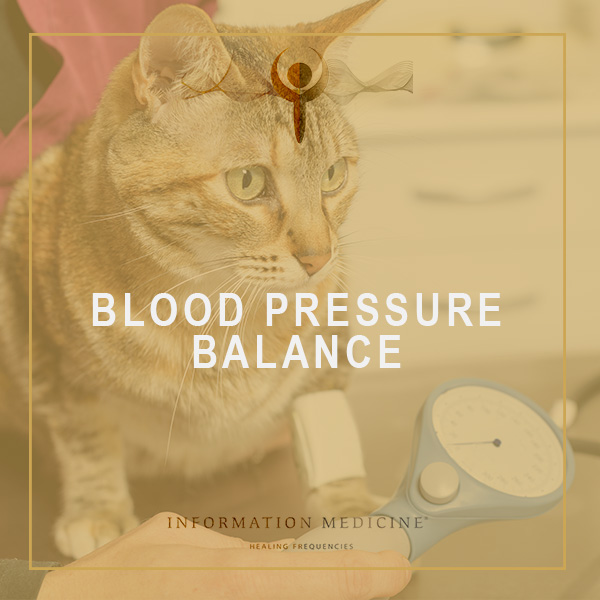This sound file contains the balancing frequencies related to supporting blood pressure, with the associated functions, emotions, chakras, meridians and other energy systems.
Blood pressure is the pressure created in your arteries by the contraction of your heart muscle. It is the force with which the blood is pumped through the blood vessels and the pressure that is exerted on the walls of the blood vessels as a result. The blood pressure is responsible for delivering oxygen to all organs. Blood pressure readings are displayed in mmHg, millimeters of mercury. When measuring blood pressure, two values are measured, systolic blood pressure and diastolic blood pressure.
Systolic blood pressure
Systolic pressure is the pressure of the blood on the arteries when the heart contracts, increasing the pressure on the arterial walls. High systolic blood pressure is also called hypertension. When your systolic blood pressure is too high, especially the large arteries are under more pressure. As a result, less oxygen is sent to the organs. A low systolic pressure, also called hypotension, is usually harmless.
Diastolic blood pressure
Diastolic blood pressure is when the heart relaxes and refills with blood. The pressure on the vessel walls is now decreasing. A high diastolic blood pressure mainly creates more pressure on the small blood vessels. A low diastolic blood pressure is rare.
The blood pressure values between the different animal species can vary greatly. Nevertheless, on average you can say that a systolic blood pressure of more than 160 mmHg is considered high and a diastolic blood pressure below 70 mmHg is on the low side.
Blood pressure is not a fixed fact, but changes continuously under the influence of, for example, activities and emotions. It also depends on the type of animal, breed, gender, heredity, emotions, physical ailments, medication use, etc.
Causes of high blood pressure can be thyroid disorders, tumors in the adrenal glands, kidney failure, heart problems, obesity, diabetes or insulin resistance, Equine Metabolic Syndrome (EMS), Cushing’s disease, acromegaly, but also the use of performance medication / drugs (horses). However, the most common cause of high blood pressure is old age.
The consequences of high blood pressure in animals can include cerebral hemorrhage, blindness, heart failure and kidney failure.
Symptoms of high blood pressure:
- The animal is apathetic or lethargic.
- Headache (and withdrawal as a result)
- Frequent drinking and urination
- Blood or protein in urine
- Nosebleeds
- Heart/cardiac murmur
- Weight loss
- Epileptic seizure
Low blood pressure is much less common. The causes can be: shock, low blood volume due to, for example, dehydration or bleeding somewhere in the body, during surgery, sepsis (blood poisoning) or anaphylaxis. Low blood pressure can be recognized by, among other things, weakness, drowsiness and fainting.
This sound file can be combined well with the sound files Regeneration, Cardio-Heart-Blood Circulation, Inner balance and Alignment.
